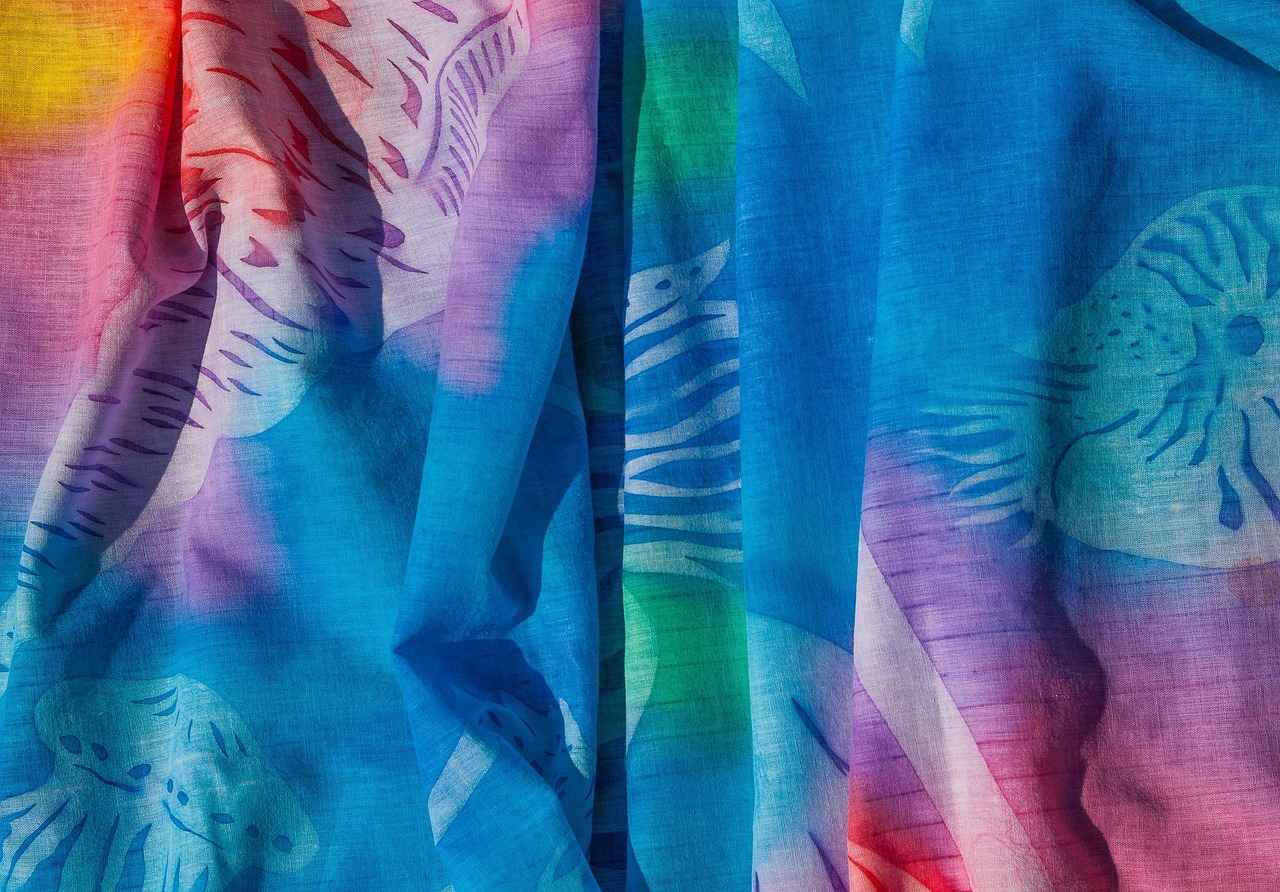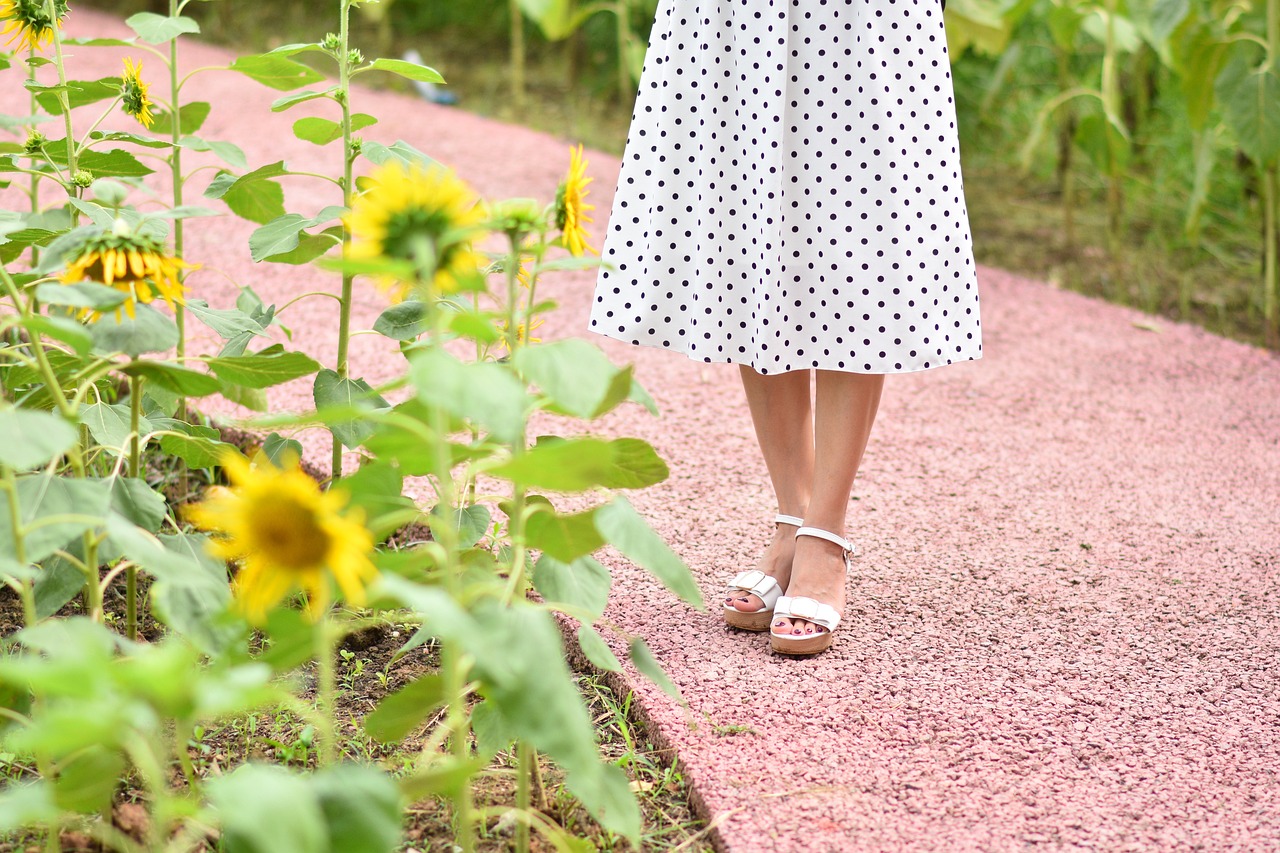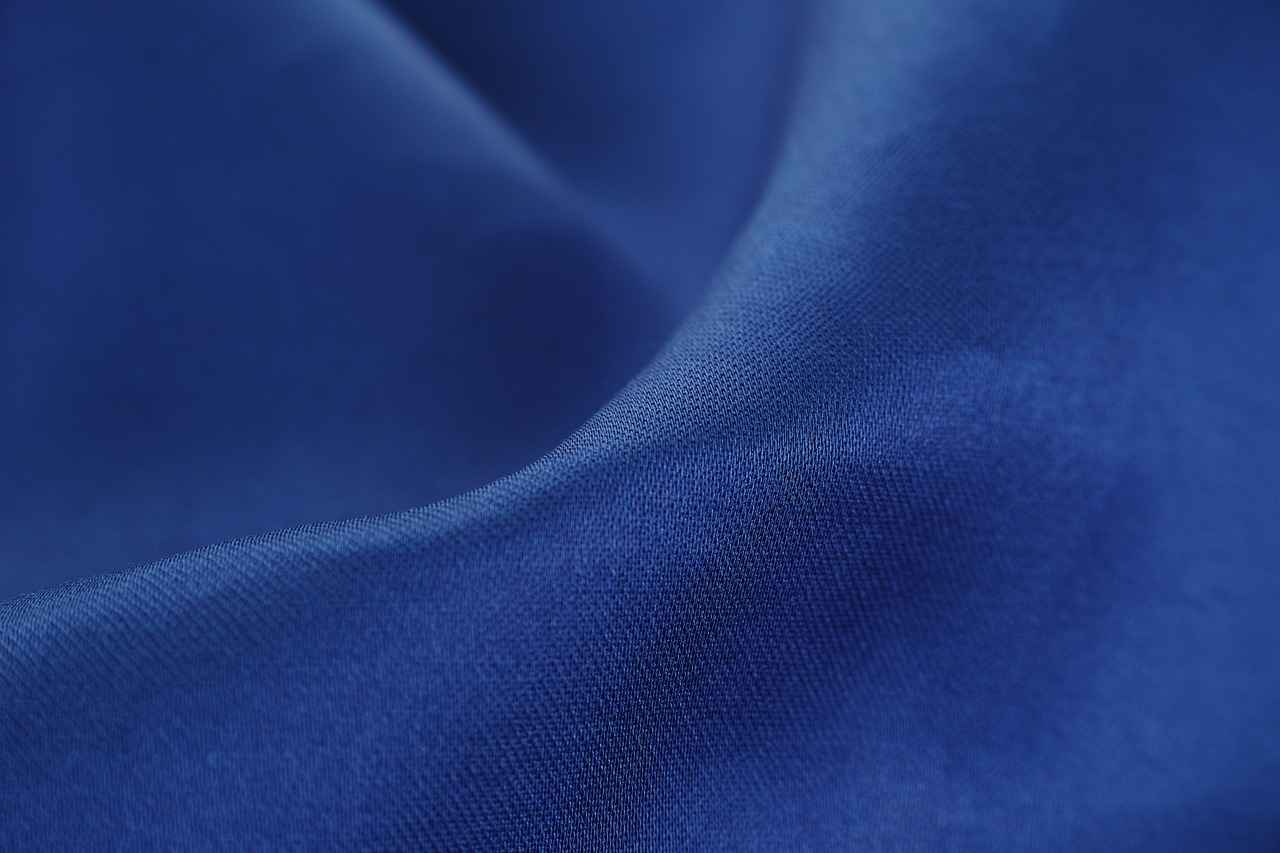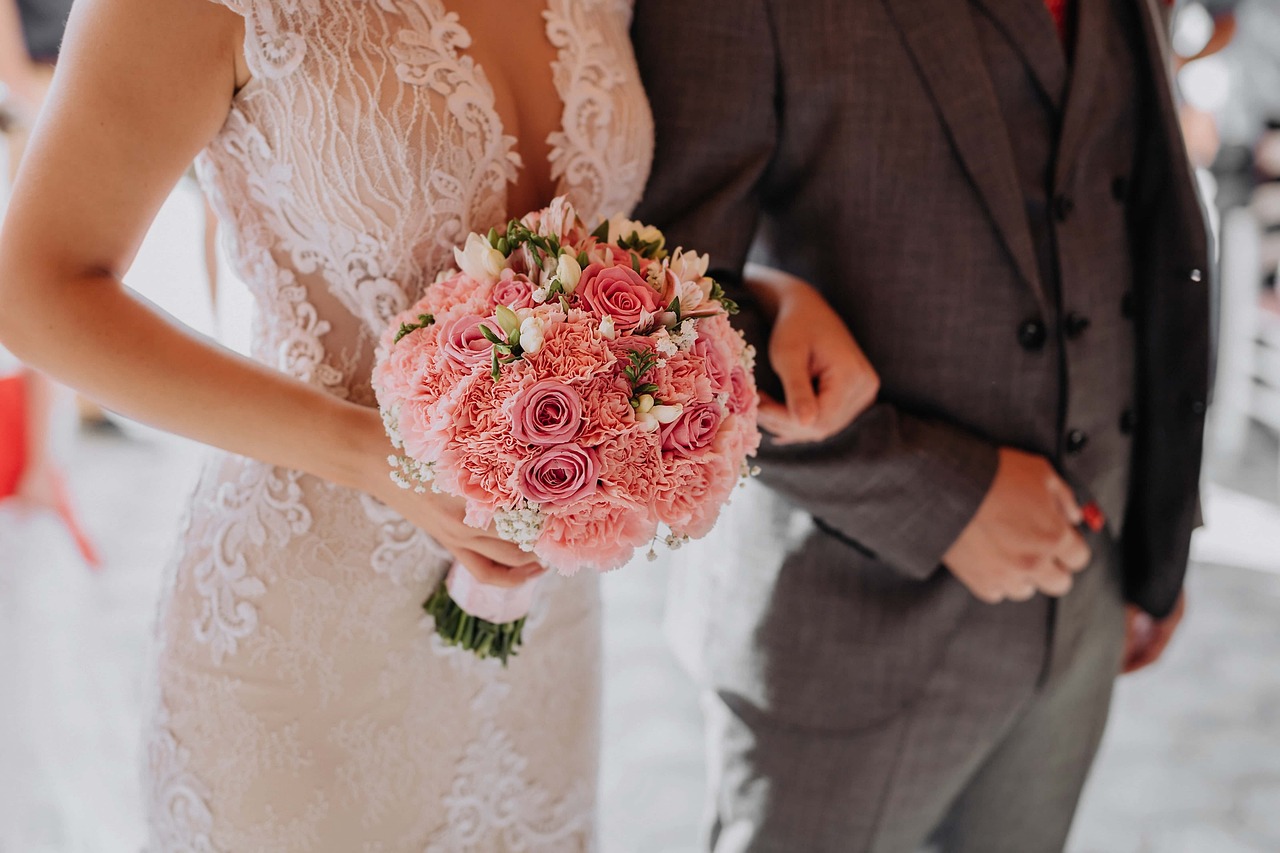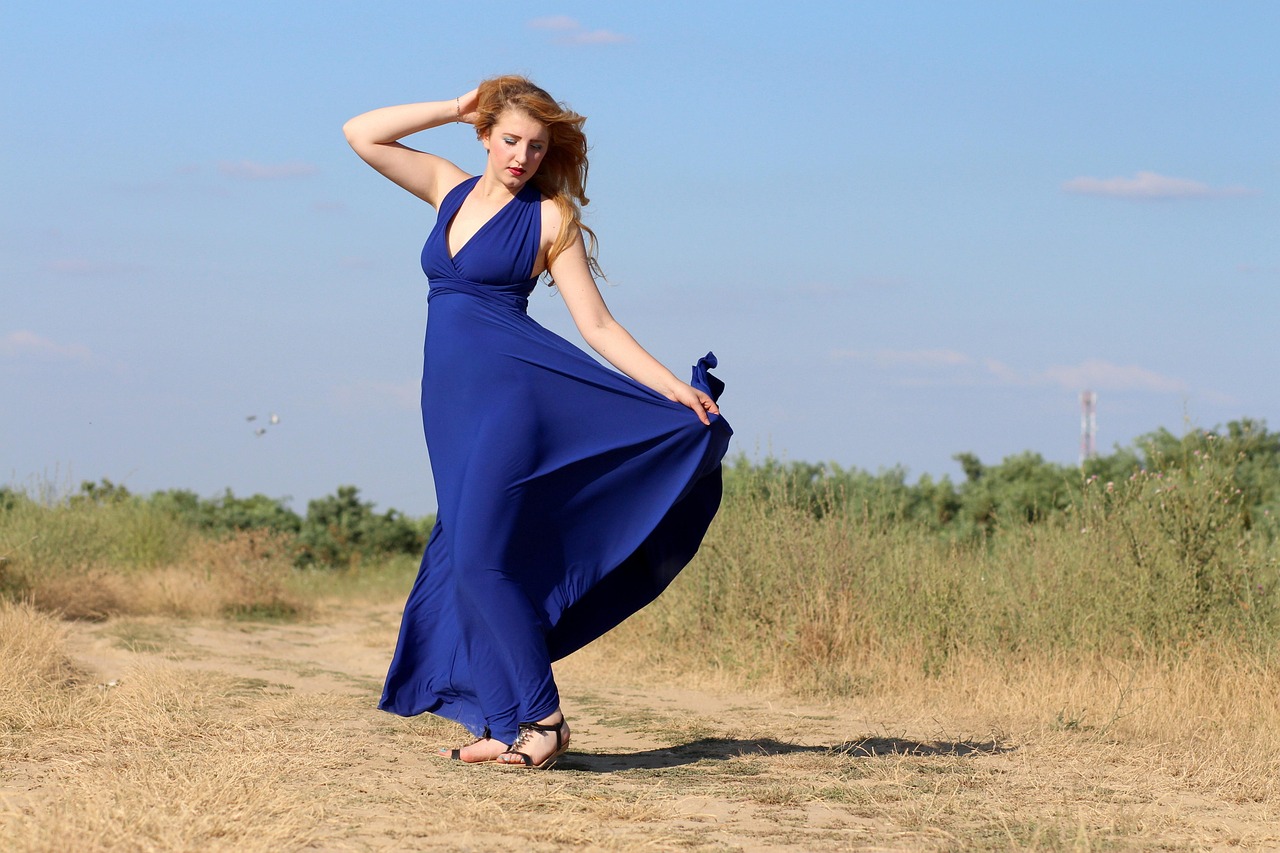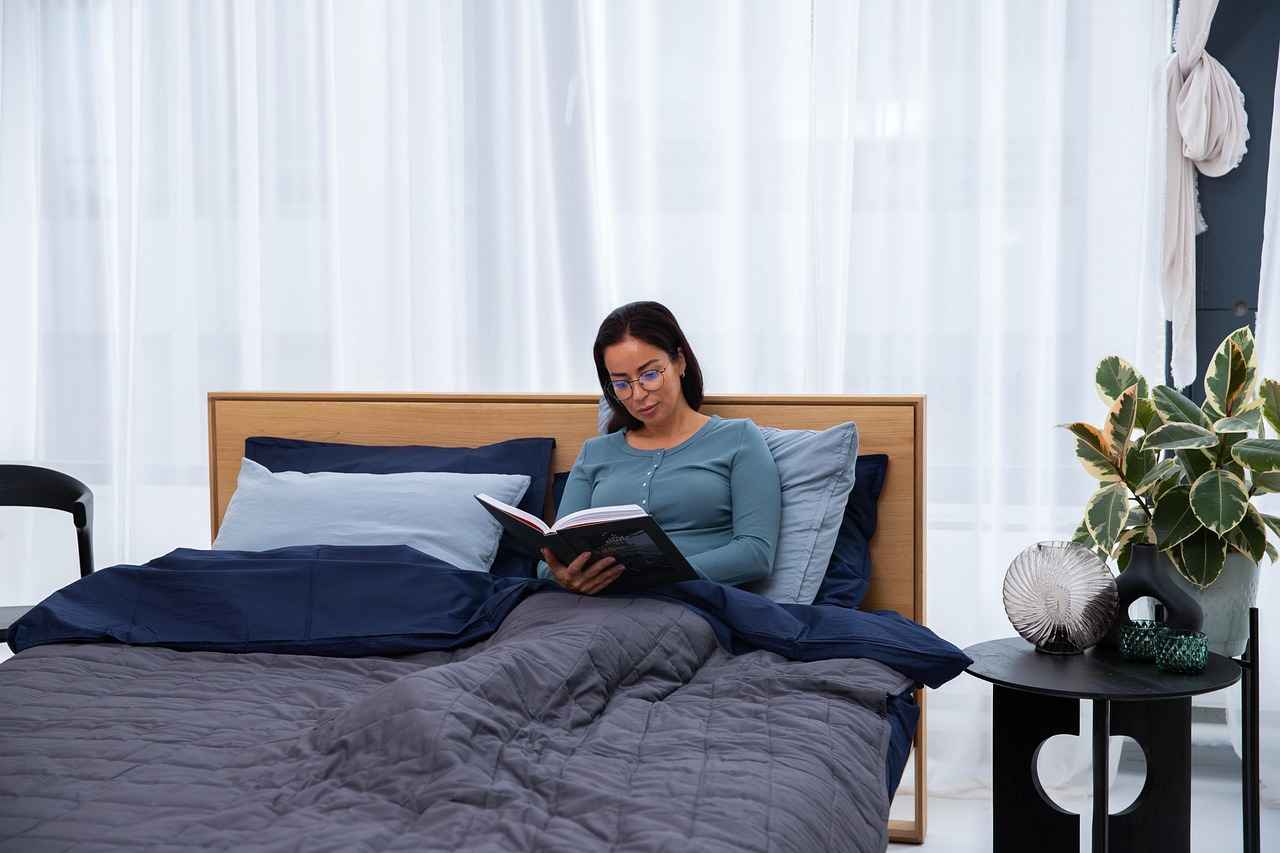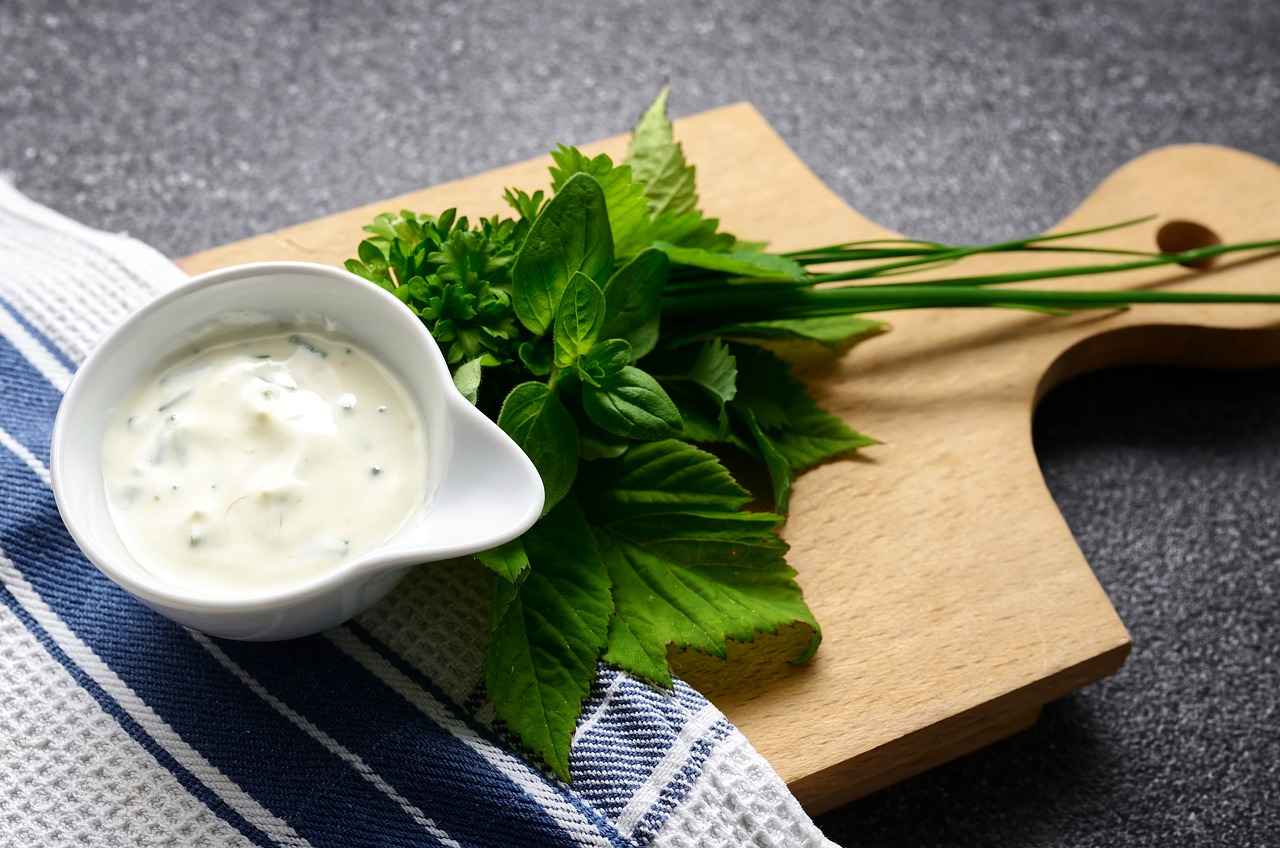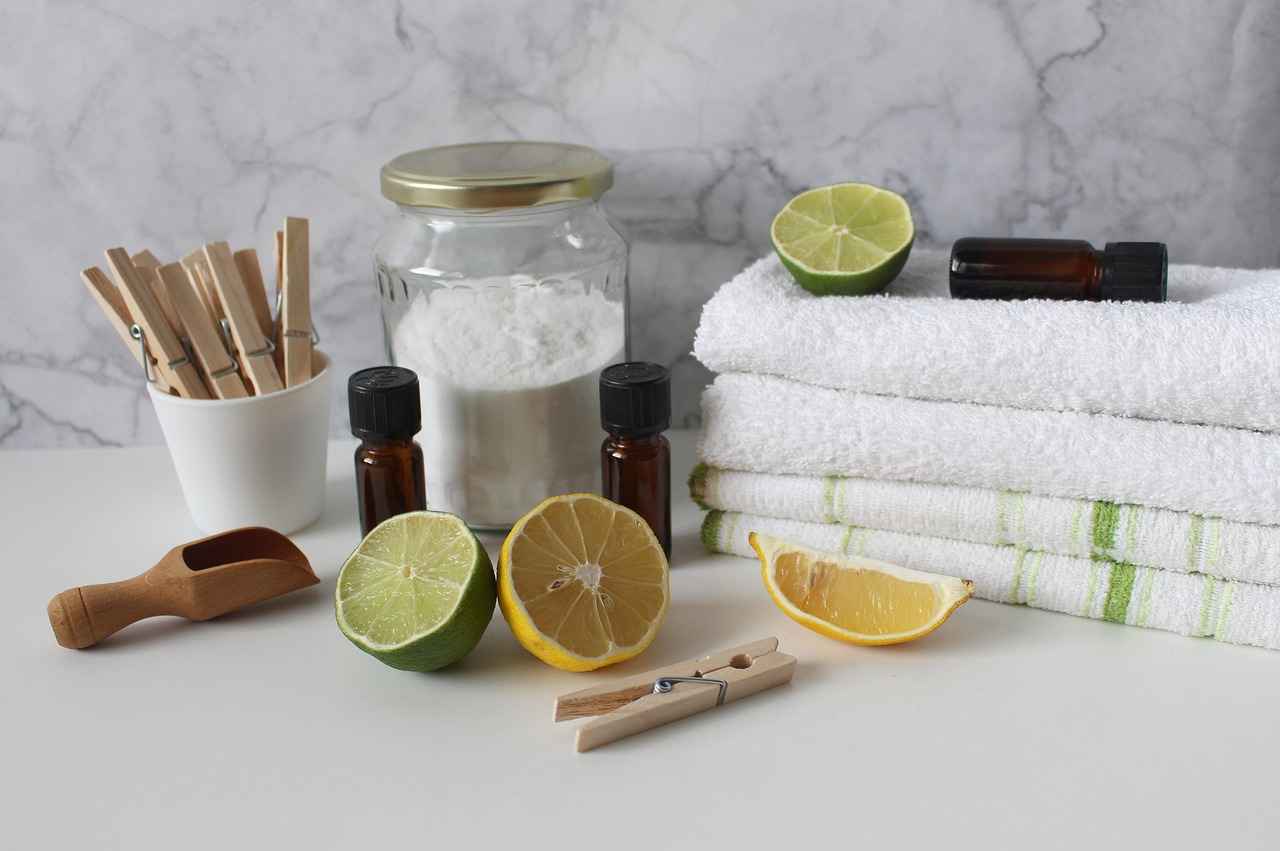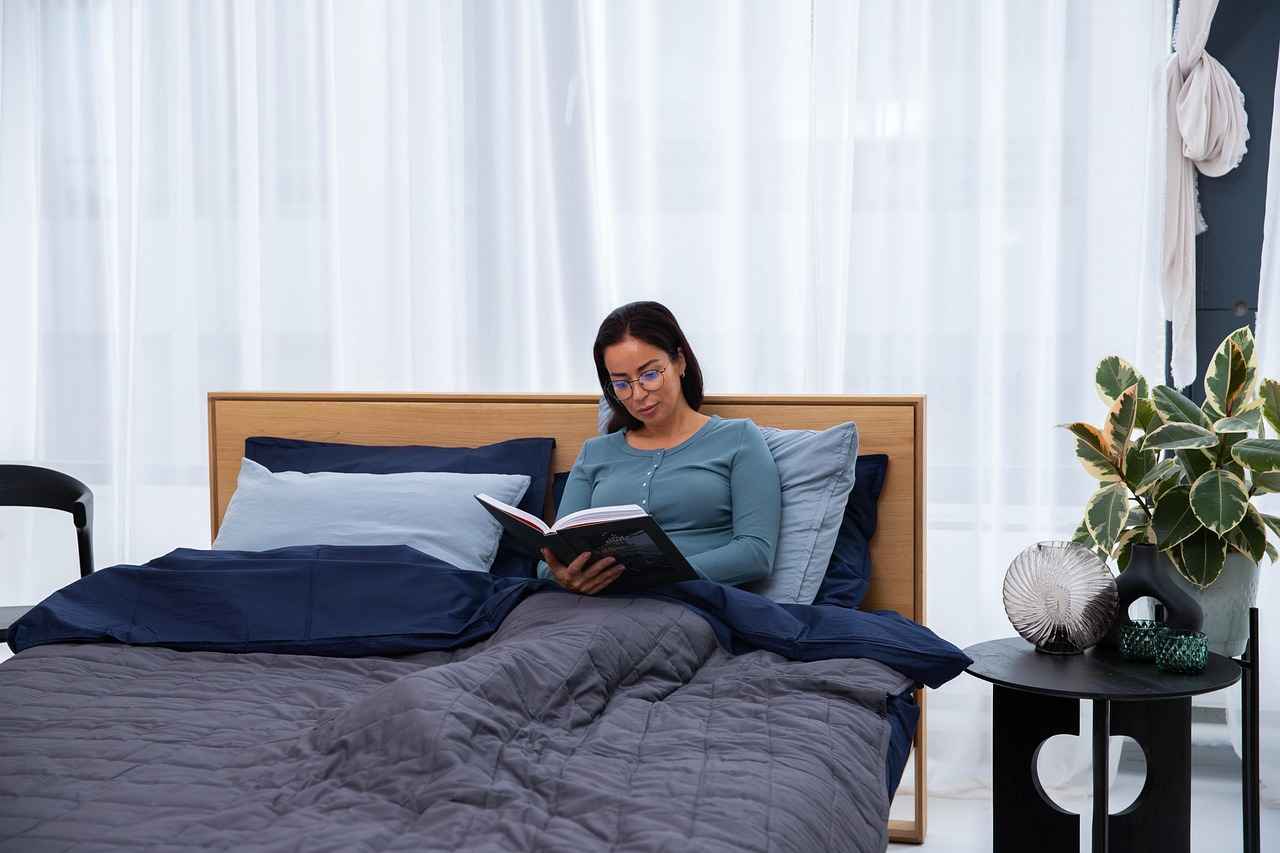The Best Slip Dress Patterns & Prints Trending This Season
Explore the latest slip dress patterns and prints that are making waves this season. Slip dresses are not just a fleeting trend; they are...
The Best Slip Dress Styles for Beach Vacations & Resort Fashion
When it comes to beach vacations and resort fashion, few garments are as versatile and stylish as the slip dress. This wardrobe essential combines...
How Hollywood Icons Are Bringing Back the Slip Dress Trend
The slip dress is experiencing a remarkable revival, thanks to the influence of Hollywood icons. This article delves into the history of the slip...
The Best Trendy & Classic Slip Dresses for Your Wardrobe
Explore the essential guide to slip dresses, highlighting the latest trends and timeless styles that can elevate your wardrobe. Discover tips on how to...
The Best Black Slip Dresses for an Effortlessly Elegant Look
Explore the timeless elegance of black slip dresses, perfect for any occasion. These versatile garments are not only a staple in every fashionista's wardrobe...
The Ultimate Guide to Choosing the Best Slip Dress for Fall
This article explores the essential elements of selecting the perfect slip dress for the fall season, offering insights on styles, fabrics, and pairing options...
The Victoria’s Secret Models’ Guide to Wearing Night Dresses
This article delves into the elegant world of night dresses, inspired by the iconic styles of Victoria’s Secret models. Night dresses are not just...
Why You Should Avoid Harsh Chemicals on Your Night Dress
In today's world, the choices we make about our clothing can significantly impact our health and well-being. When it comes to night dresses, many...
10 Reasons Why Slip Dresses Are the Most Versatile Fashion Piece
Discover the allure of slip dresses, a wardrobe staple that combines comfort and style. This article explores ten compelling reasons why slip dresses deserve...
The Most Popular Slip Dress Colors and Patterns This Season
Slip dresses have become a fashion essential, celebrated for their versatility and effortless elegance. As we step into this season, it's essential to explore...
Rihanna’s Best Slip Dress Moments – How to Steal Her Look
Explore Rihanna's iconic slip dress moments and learn how to replicate her stunning looks with practical tips and style insights. This guide will help...
The Biggest Color Trends in Night Dresses This Year
This year, the world of night dresses is witnessing a vibrant transformation, with a range of colors that cater to diverse tastes and preferences....
Selena Gomez’s Night Dress Collection – Get Her Signature Look
Welcome to the enchanting world of Selena Gomez’s night dress collection, a perfect blend of elegance and versatility. Selena has become a style icon,...
How to Transition a Slip Dress from Summer to Fall Effortlessly
Transitioning a slip dress from the warm summer months into the cooler fall season can be both stylish and practical. This article provides you...
The Best Way to Keep Your Night Dress Looking Elegant & Fresh
When it comes to nightwear, a night dress is a timeless piece that combines comfort with elegance. To ensure your night dress remains a...
The Ultimate Guide to Wearing a Slip Dress in the Rainy Season
This article provides a comprehensive overview of how to style and wear slip dresses during rainy weather, ensuring both comfort and fashion remain intact....
The Best Laundry Detergents for Delicate Slip Dresses
This article explores the top laundry detergents specifically designed for delicate slip dresses, ensuring they remain in pristine condition while effectively removing stains and...
How to Shop for a Slip Dress That’s Perfect for Layering
When it comes to fashion staples, the slip dress stands out as a versatile piece that can be styled in numerous ways. This article...
How to Repair a Pulled Thread on a Delicate Slip Dress
This article provides a detailed guide on effectively repairing pulled threads on delicate slip dresses, ensuring they remain stylish and intact without compromising their...
Why Fabric Conditioners Can Damage Your Night Dress & What to Use Instead
This article explores the potential harm fabric conditioners can cause to night dresses and offers alternative solutions for maintaining fabric quality and longevity. Night...
How to Style a Slip Dress for Every Season Like a Fashion Expert
This article delves into the versatile ways to style a slip dress throughout the year, offering practical tips and insights from fashion experts to...
How to Wear a Slip Dress All Day Without Feeling Uncomfortable
Wearing a slip dress can be a delightful experience, combining elegance with a sense of ease. However, many may wonder, how can you wear...
How to Choose a Slip Dress That Accentuates Your Curves
Choosing the perfect slip dress can be a transformative experience, especially when it comes to highlighting your curves. This article delves into the essential...
How to Restore the Shine of a Faded Satin Slip Dress
This article explores effective methods to rejuvenate the luster of a faded satin slip dress, providing practical tips and insights to help you achieve...
The Best Sleepwear Brands That Make Stylish & Comfortable Night Dresses
Welcome to the fascinating world of sleepwear, where style meets comfort. In this article, we will explore the best sleepwear brands that not only...
Why Satin Night Dresses Are the Key to a Good Night’s Sleep
Experience the unparalleled comfort and sophistication of satin night dresses. These luxurious garments not only elevate your nighttime attire but also significantly enhance your...
The Most Comfortable Slip Dresses for Hot & Humid Weather
In this article, we explore the best slip dresses designed for comfort during hot and humid weather, highlighting styles, fabrics, and tips to ensure...
How to Build a Capsule Wardrobe with Versatile Slip Dresses
Building a capsule wardrobe is a transformative approach to fashion that emphasizes simplicity, versatility, and style. This article delves into the concept of a...
Can You Machine Wash a Slip Dress? Here’s What You Need to Know
Slip dresses are a staple in many wardrobes due to their versatility and elegance. However, caring for these delicate garments requires a nuanced approach...
How Celebrities Style Slip Dresses for Cozy Yet Glamorous Home Looks
Slip dresses have become a fashion staple in the wardrobes of many celebrities, known for their ability to transition effortlessly from casual home wear...
How to Make Your Night Dress Feel Even Softer with These Simple Tricks
Enhancing the softness of your night dress is essential for a truly comfortable and luxurious sleep experience. The right techniques can elevate your nighttime...
The Best Summer Night Dresses for Staying Cool & Breathable
As the temperature rises during the summer months, finding the perfect night dress becomes essential for comfort and style. Summer night dresses not only...
The Ultimate Guide to Choosing the Best Fabric for Night Dresses
This guide provides comprehensive insights into selecting the ideal fabric for night dresses, considering comfort, breathability, and style to ensure a restful night's sleep....
Why Investing in Quality Care Products Can Extend the Life of Your Slip Dresses
Slip dresses have become a beloved staple in many wardrobes, admired for their effortless elegance and versatility. However, to maintain their beauty and extend...
How to Choose a Slip Dress That Looks Chic but Feels Like Pajamas
This article delves into the art of selecting the perfect slip dress that seamlessly blends style and comfort, allowing you to feel effortlessly chic...
The Science of Sleepwear: Why a Quality Night Dress Matters
This article delves into the importance of quality sleepwear, exploring how it affects sleep quality, comfort, and overall well-being. Understanding the right materials and...
How to Keep White Slip Dresses from Turning Yellow Over Time
White slip dresses are a timeless wardrobe staple, offering elegance and versatility. However, one significant concern for many is the tendency of these beautiful...
The Best White Slip Dresses for Weddings, Parties & Vacations
Explore the ultimate guide to white slip dresses that are perfect for any occasion, from weddings to casual vacations. Discover styles, tips, and trends...
Slip Dress Outfit Ideas That Will Turn Heads Instantly
Slip dresses have become a fashion staple, celebrated for their effortless elegance and versatility. Whether you're dressing for a casual brunch or an upscale...
Celebrity Street Style: How A-List Stars Wear Their Slip Dresses
Celebrity street style has always been a source of inspiration for fashion enthusiasts, and one of the standout pieces that A-list stars have embraced...






